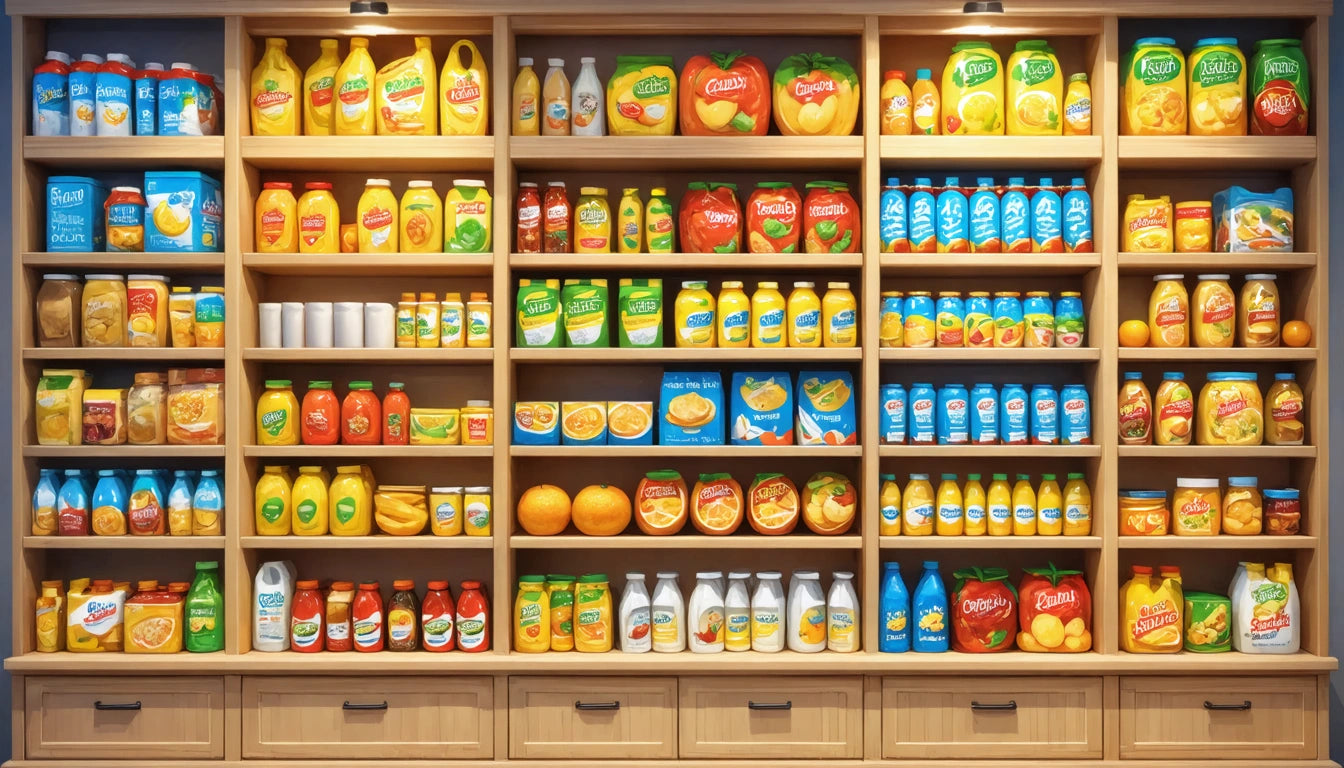Table of Contents
- Packaging Compliance: The First Line of Defense Against Recalls
- Contamination Prevention Through Strategic Packaging
- Packaging Quality Control: Testing and Verification
- Child-Resistant Packaging: Safety and Regulatory Requirements
- Documentation and Traceability in Packaging
- Strategic Packaging Investments to Minimize Recall Risks
Product recalls in the cannabis industry can devastate brands financially and reputationally. Proper packaging serves as a crucial safeguard against these costly events, protecting both consumers and businesses. Understanding how packaging functions as a preventative measure against recalls helps cannabis operators implement strategic solutions that maintain compliance while preserving product integrity.
Packaging Compliance: The First Line of Defense Against Recalls
Regulatory compliance represents the most fundamental way packaging prevents recalls. Each jurisdiction maintains specific requirements that, when violated, can trigger immediate product removal from shelves. According to state-by-state packaging regulations, requirements vary significantly across regions, creating compliance challenges for multi-state operators.
Common compliance issues that lead to recalls include:
- Incorrect or missing warning symbols
- Inaccurate THC content labeling
- Insufficient child-resistant features
- Missing batch or lot identification
- Improper ingredient listings
The financial impact of non-compliance extends beyond the recall itself. Enforcement actions and fines can range from thousands to millions of dollars depending on the severity and jurisdiction.
Contamination Prevention Through Strategic Packaging
Packaging serves as a critical barrier against contamination that could otherwise lead to recalls. Materials that properly seal and protect cannabis products prevent exposure to environmental factors that compromise safety and quality.
Key contamination risks that proper packaging mitigates include:
- Microbial growth (mold, bacteria)
- Oxidation leading to potency degradation
- Moisture infiltration
- Light exposure damaging cannabinoids
- Cross-contamination during transport
Selecting appropriate materials for specific product types significantly reduces these risks. For example, concentrates require different protective properties than flower products, as detailed in this comparison of CBD versus THC packaging requirements.
Packaging Quality Control: Testing and Verification
Quality control processes for packaging materials themselves prevent recalls triggered by packaging failures. Testing protocols should verify that packaging performs as expected under various conditions.
Essential quality checks include:
- Seal integrity testing
- Material compatibility with product formulations
- Drop and impact resistance
- Child-resistant mechanism durability
- Print quality and adhesion for labeling
Working with compliance-ready packaging suppliers who maintain their own quality control systems adds an additional layer of protection against packaging-related recalls.
Child-Resistant Packaging: Safety and Regulatory Requirements
Child-resistant packaging represents a non-negotiable requirement across North American cannabis markets. Failures in this area not only trigger recalls but can result in serious liability issues.
The CPSC (Consumer Product Safety Commission) in the United States and Health Canada both mandate specific testing protocols for child-resistant packaging. These standards vary between countries, creating additional complexity for cross-border operators.
Implementing proper secure closure systems and child-resistant containers significantly reduces the risk of packaging-related recalls while protecting vulnerable populations. The right closure mechanisms ensure products remain inaccessible to children while still being usable by adults, including those with limited dexterity.
Documentation and Traceability in Packaging
Robust documentation practices related to packaging help contain the scope of recalls when they do occur. Proper batch coding, lot tracking, and manufacturing date information allow for targeted recalls rather than broad market withdrawals.
Essential documentation elements include:
- Batch/lot identification systems
- Manufacturing date stamps
- Expiration dating where applicable
- QR codes linking to certificates of analysis
- Packaging material certification records
Implementing compliance management software helps streamline documentation processes and reduces human error that might otherwise lead to recalls.
Strategic Packaging Investments to Minimize Recall Risks
Forward-thinking cannabis businesses can take proactive steps through strategic packaging investments to minimize recall risks:
- Establish a regulatory monitoring system to track upcoming changes in packaging laws
- Implement regular packaging audits using established guidelines
- Develop relationships with packaging suppliers who understand compliance requirements
- Create a recall response plan that includes packaging-specific protocols
- Consider packaging innovations that exceed minimum requirements
The most successful operators view compliant packaging not as a cost center but as an insurance policy against the devastating impact of recalls. By investing in quality materials, proper testing, and thorough documentation, cannabis businesses protect both their customers and their bottom line.
As regulatory frameworks continue to evolve, maintaining flexibility in packaging systems will become increasingly important. Companies that build adaptability into their packaging strategies will be best positioned to avoid recalls while maintaining market competitiveness.











Leave a comment
All comments are moderated before being published.
This site is protected by hCaptcha and the hCaptcha Privacy Policy and Terms of Service apply.